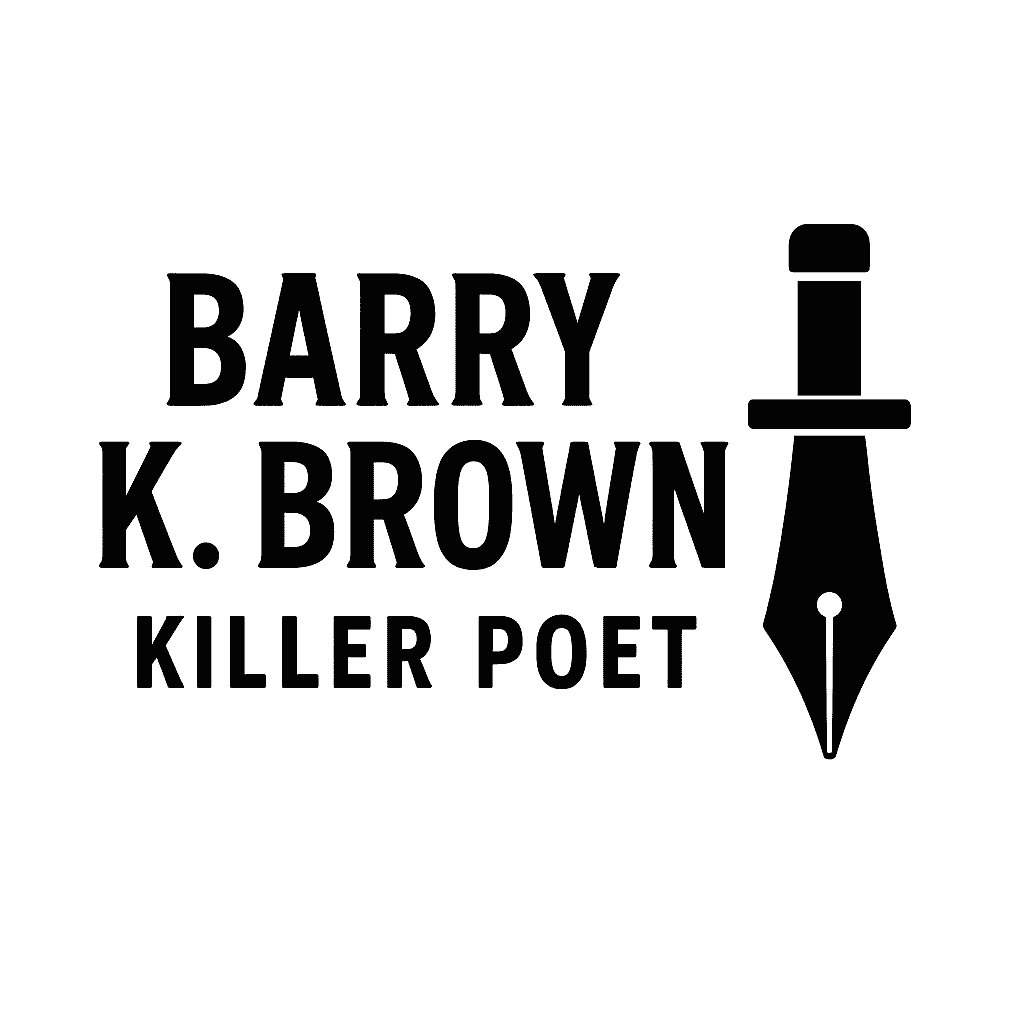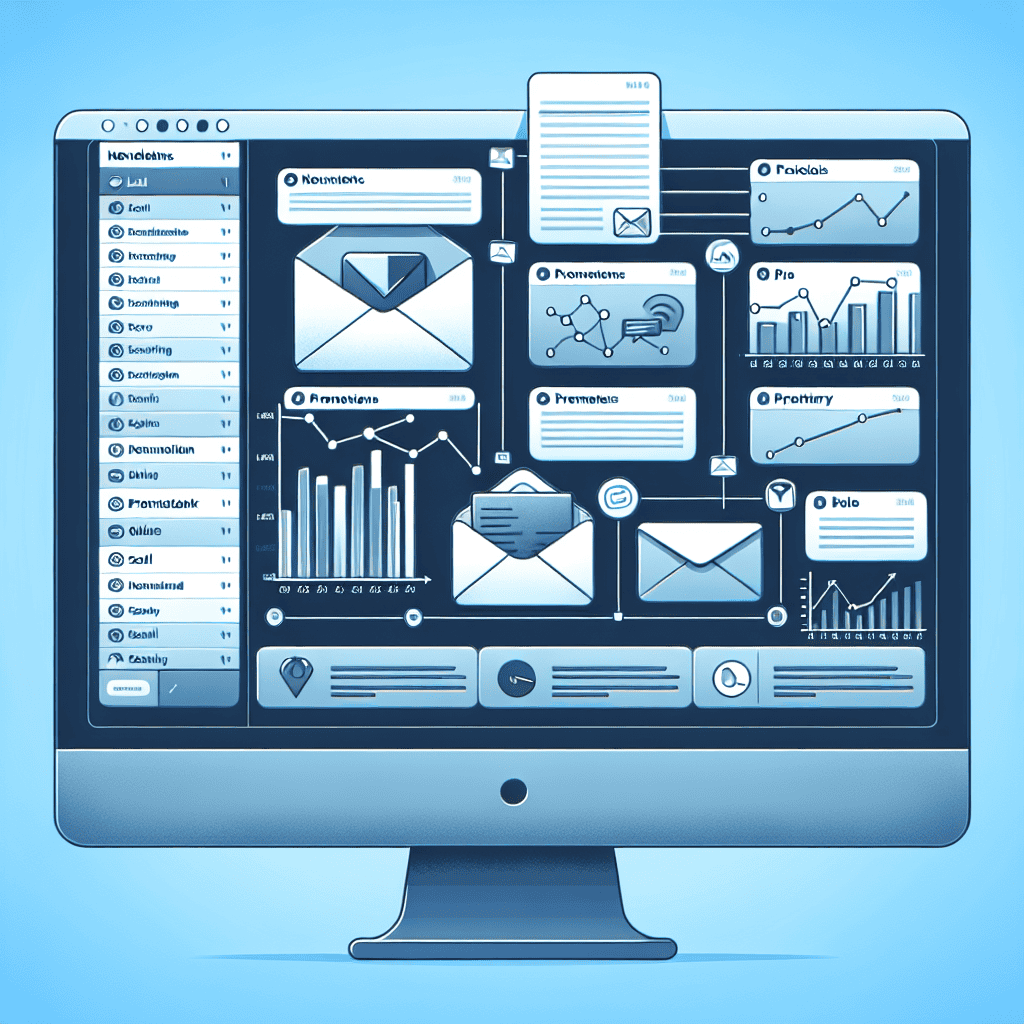As an indie author or small publisher, you may often find yourself overwhelmed by the myriad of marketing strategies available today. Social media platforms come and go, trends change, and it’s easy to lose traction. However, a well-established email list for marketing your books can provide a steady stream of readers and loyal fans. Why? Because email remains one of the most effective communication channels for engaging your audience, driving sales, and building relationships.
Why You Need an Email List
Before diving into how to build your email list, let’s discuss why it’s so crucial:
- Direct Access: Unlike social media, where algorithms dictate who sees your content, an email list allows you to reach your subscribers directly and consistently.
- Ownership: You own your email list, unlike followers on social media platforms. This means you can reach your audience regardless of changes in platform policies.
- Higher Engagement: Emails often yield higher open and click-through rates compared to social media. This translates to more opportunities to convert readers into buyers.
- Cost-Effective: Building an email list is relatively low-cost compared to other advertising methods, making it a smart choice for indie authors on a budget.
With these benefits in mind, let’s explore how to create an effective email list for marketing your books.
1. Choose an Email Marketing Platform
The first step in creating an email list for marketing is selecting a reliable email marketing platform. Here are a few popular options:
- Mailchimp: User-friendly and great for beginners. Offers a free tier for smaller lists.
- ConvertKit: Tailored for creators, it allows for easy tagging and segmenting of your audience.
- MailerLite: A cost-effective option with robust automation features.
- SendinBlue: Combines email marketing with SMS marketing, providing versatile options.
Choose a platform that suits your needs and budget. Most offer features like automation, analytics, and templates to make your life easier.
2. Create Compelling Sign-Up Forms
Once you have your platform set up, it’s time to design sign-up forms that capture attention. Here are some key elements to consider:
Clear Call-to-Action (CTA)
Your CTA should make it immediately clear what subscribers will receive. Consider phrases like:
- “Join my newsletter for exclusive sneak peeks of my upcoming releases!”
- “Subscribe for free book giveaways and author updates!”
Value Proposition
Explain the benefits of joining your list:
- Early access to new releases
- Exclusive content such as behind-the-scenes insights or bonus chapters
- Discounts on future books and merchandise
- Personalized reading recommendations
Easy Access
Ensure your sign-up form is easily accessible across various platforms:
- Website: Include sign-up forms in the sidebar, footer, and as a pop-up.
- Social Media: Utilize your Instagram bio, Facebook page, and Twitter bio to promote sign-ups.
- Book Landing Pages: If you have individual book pages, include a sign-up option there.
3. Offer Incentives to Gain Subscribers
One of the most effective ways to grow your email list for marketing is by offering incentives. Here are some ideas:
Freebies
Give away valuable content that’s relevant to your audience, including:
- Sample Chapters: Let potential readers preview your book.
- Short Stories: Offer a free short story set in the same universe as your book.
- Worksheets or Printables: If your book has a non-fiction angle, create accompanying worksheets that add extra value.
Exclusive Content
Provide content only available to subscribers, such as:
- Behind-the-Scenes Insights: Share your writing process, inspirations, and drafts.
- Monthly Updates: Offer insights into your journey as an author, including successes and challenges.
Contests and Giveaways
Running regular contests or giveaways can spike interest in your email list:
- Ask subscribers to share your newsletter to grow your list.
- Offer a chance to win free books or merchandise by signing up.
4. Craft Engaging Email Content
Once your email list begins to grow, it’s essential to keep your subscribers engaged. Here are tips for creating compelling content:
Personalization
Use subscriber names and tailor content based on their preferences. Offer readers selected recommendations that match their reading habits.
High-Value Content
Focus on providing value. Examples of engaging email content include:
- Book Recommendations: Suggest reads based on genres or themes your subscribers love.
- Tips and Resources: Share writing tips, publishing advice, or tools that can help budding authors.
- News and Announcements: Keep readers updated on your releases, events, and any upcoming projects.
Consistency
Decide on a frequency that works for you—whether weekly, bi-weekly, or monthly. Stick to it to keep readers anticipating your emails. Regular, valuable content fosters stronger relationships with your audience.
5. Segment Your Audience
As your email list for marketing grows, you may want to segment your audience for targeted messaging. Here’s why segmentation matters:
- Tailored Content: Different segments may appreciate various kinds of content. For instance, fiction readers may want details about plot twists, while non-fiction readers may look for practical takeaways.
- Higher Engagement Rates: When subscribers receive content that resonates with them, they’re more likely to open, click, and engage.
Common segmentation criteria include:
- Genre preferences (e.g., fantasy, romance, non-fiction)
- Purchase history
- Engagement levels (active vs. non-active subscribers)
Tips for Effective Segmentation:
- Encourage subscribers to select their interests during sign-up.
- Collect data over time to refine your segments.
6. Measure and Optimize
Simply building an email list for marketing is not enough—you must also track your performance and optimize your strategies. Here are some metrics to monitor:
Open Rates
This indicates how compelling your subject lines are. A healthy open rate usually falls between 15-25%. Aim to improve this by A/B testing different subject lines and incorporating personalization.
Click-Through Rates (CTR)
CTR reflects how many subscribers engage with the content inside your emails. A good CTR is around 2-5%. Improve this by focusing on engaging content and clear, enticing CTAs.
Conversion Rates
Ultimately, your goal is to drive sales through your emails. Track how many subscribers are making purchases based on your email campaigns.
Feedback
Request feedback from subscribers to discover what they enjoy and where you can improve. Use surveys or simple questions in your newsletters.
7. Stay Compliant and Respectful
Compliance with regulations such as GDPR or CAN-SPAM is essential. Always:
- Ask for permission before adding someone to your list.
- Provide an easy way for subscribers to opt-out if they choose.
Respecting your audience builds trust and enhances the credibility of your brand—factors that are essential for long-term success in the world of indie publishing.
Conclusion: Build a Robust Email List for Consistent Sales
Building an email list for marketing your books is a vital strategy that all indie authors and small publishers should prioritize. The benefits—direct access, ownership, and higher engagement—are too significant to ignore. Follow the steps outlined in this article to create and maintain a robust email list that captivates your audience and drives book sales.
Remember, your email list is not just a tool for promotion; it’s a bridge to building lasting relationships with your readers. Embrace creativity and offer genuine value to foster a community that loves your work and eagerly awaits your next installment. Happy emailing!

